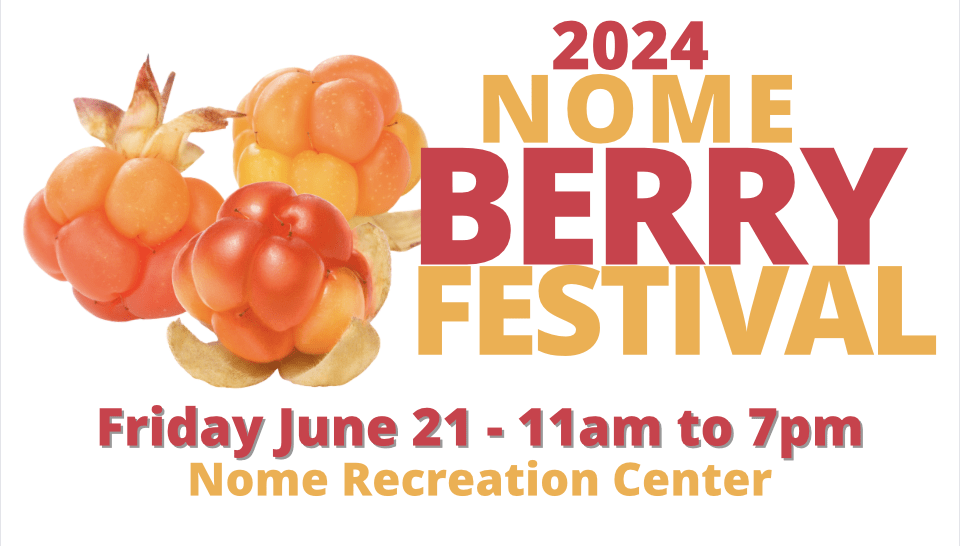The Plague is (NOT) here!
The State of Alaska is conducting drill to practice medication distribution across the state. On April 12th the communities of Nome and Shaktoolik will practice operating PODS, which will exist to dispense the needed antibiotic medication to the community. The medication will not be real. This page will serve as a way to communicate to the public about the drill and everything on this page is for EXERCISE USE ONLY.
If you have any update or questions on the exercise, please contact Danielle Slingsby, Kawerak Outreach Director, 434-0518.
INCOMING INFORMATION
UPDATE 4.11.19 @2:27PM
NOME AND SHAKTOOLIK: Look for announcements about points of dispensing (POD) clinics and contact your local public health nurse or health care facility if you have questions.
NOME:
Antibiotics will help protect those who have been exposed to the disease. If you are concerned about taking antibiotics or possible side effects because of a medical condition, talk to your health care provider or local public health nurse. Side effects are rare, but it’s good to be aware.
The pneumonic plague is a highly contagious disease that can spread through droplets in the air. We strongly encourage you to LISTEN to and ACT at the advice of your local authorities. Please take necessary precautions: shelter in place, do NOT visit public spaces and do NOT attend public events. These actions can stop or slow the spread of the disease.
UPDATE 4.10.19 @4:21PM
THIS IS AN EXERCISE – THIS IS AN EXERCISE – THIS IS AN EXERCISE –
Pneumonic Plague Confirmed in Alaska
Cases of pneumonic plague have been confirmed in three Alaska communities. At the same time, at least a dozen communities around Alaska are reporting clusters of patients coming to their hospitals and clinics with flu-like symptoms that are consistent with pneumonic plague.
While this is alarming news, administering antibiotics to those who have been exposed can help protect them from developing the disease.
“Recognizing the symptoms and getting antibiotics in a timely manner is the best course of action in this situation,” said Alaska’s Chief Medical Officer Lily Lou. “We’re monitoring the situation and working with our local and federal partners to get enough medication to provide protection for all of those affected. If you are experiencing symptoms or think you may have been exposed to someone who is sick, contact your medical provider.”
This disease is considered highly contagious and can be transmitted by means of respiratory droplets most likely shared by coughing or sneezing, and from touching surfaces which have come in contact with infected individuals. Infected individuals may experience flu-like symptoms including fever, coughing, headaches, weakness, body aches, shortness of breath, chest pain, and bloody or watery saliva. If you are experiencing any of these symptoms, it is important that you get medical care immediately. Call your medical provider for guidance.
Because cases of pneumonic plague have been confirmed in three communities, the State Department of Health and Social Services (DHSS) has requested prophylactic antibiotics to prevent further spread of the disease from the Centers for Disease Control and Prevention’s (CDC) Strategic National Stockpile.
DHSS has activated its emergency operations center and is coordinating with communities across the state to determine existing quantities of antibiotics in those areas. It takes 12 hours or less for the drugs to be shipped from the Lower 48 to Anchorage. Medical countermeasures (antibiotics) will be repackaged and shipped to affected communities.
Impacted communities will be setting up point of dispensing (POD) clinics April 11, 12 and 13 that will provide free antibiotics to the public. Do not go to a POD if you are experiencing symptoms. Call a provider. The antibiotics that will be given out at the PODs will be doxycycline and ciprofloxacin. So far the communities that are affected include: Anchorage, Bethel, Cordova, Dillingham, Dutch Harbor, Kodiak, Kotzebue, Craig (Prince of Wales), Tok, Utqiagvik, Valdez and Mat-Su.
We will be posting more information on our website, www.mockplaguewebsite.com as soon as it becomes available.
EXERCISE – EXERCISE – EXERCISE
EXERCISE – EXERCISE – EXERCISE
PLAGUE FACTS
How do people become infected with pneumonic plague?
Pneumonic plague can spread if someone breathes in the germ suspended in respiratory droplets from a person (or animal) with pneumonic plague. Respiratory droplets are spread most readily by coughing or sneezing. Becoming infected in this way usually requires direct and close (within 6 feet) contact with the ill person or animal. Pneumonic plague may also occur if a person with a different kind of plague is untreated and the germ spreads to the lungs. Pneumonic plague could be spread during a bioterrorism attack.
What are the signs and symptoms of pneumonic plague?
Someone exposed to the plague germ through the air—either from an intentional aerosol release or from close and direct exposure to someone with plague pneumonia—would become ill within 1 to 6 days. With pneumonic plague, the first signs of illness are fever, headache, weakness, and rapidly developing pneumonia with shortness of breath, chest pain, cough, and sometimes bloody or watery sputum. The pneumonia progresses for 2 to 4 days and may cause respiratory failure and shock. Without early treatment, patients may die.
If I suspect that I, or someone I know, has the plague, what should I do?
Contact your physician or other health care provider immediately. Early treatment is essential.
Can a person exposed to pneumonic plague avoid becoming sick?
Yes. People who have had close contact with an infected person can greatly reduce the chance of becoming sick if they begin treatment within 7 days of their exposure. Treatment consists of taking antibiotics for at least 7 days.
If a point of dispensing clinic takes place in my community, who should go get medication?
People who have potentially been exposed to the plague germ will be able to receive antibiotics at a POD. PODs are designed to provide medications or medical supplies that will PREVENT a healthy individual from becoming sick. Persons who are already sick with the disease will not be able to seek treatment at a POD.Those persons who are ill and require treatment will have to be seen at their doctor’s office, a health clinic, or the hospital. For each household, please send only the head of household (HoH), or his/her designee to the open POD to pick up for medications for everyone in the household. The HoH should bring all family members’ age, weight and known allergies.
Can pneumonic plague be treated?
Yes. To prevent a high risk of death, antibiotics should be given within 24 hours of the first symptoms. Several types of antibiotics are effective for curing the disease and for preventing it.
If I’m caring for someone with plague in my home, what should I know?
Someone with pneumonic plague should be cared for in a medical facility where the person can receive the care they need and the risk of spreading the disease can be better controlled. If someone in your household is ill; the priorities must be getting that person to care and protecting yourself. People having direct and close contact with someone with pneumonic plague should wear tightly fitting disposable surgical masks. If surgical masks are not available, even makeshift face coverings made of layers of cloth may be helpful in an emergency.
Early treatment of pneumonic plague is essential.To reduce the chance of death, antibiotics must be given within 24 hours of first symptoms.
For More Helpful resources:
https://emergency.cdc.gov/agent/plague/faq.asp
ON THE EXERCISE
The Department of Health and Social Services-Health Emergency Response Operations (DHSS-HERO) is planning and executing the full scale exercise, Ragin’ Contagion. This exercise is being planning and executed by State of Alaska medical facilities, communities, state partners, federal partners and tribal entities. Exercise Ragin’ Contagion is designed to establish a learning environment for players to exercise emergency response plans, policies, and procedures as they pertain to Medical Counter Measures, to include the distribution and dispensing of medication throughout the State of Alaska. To conduct an effective exercise, subject matter experts (SMEs) and local representatives from numerous agencies have taken part in the planning process, and will take part in exercise conduct and evaluation.





